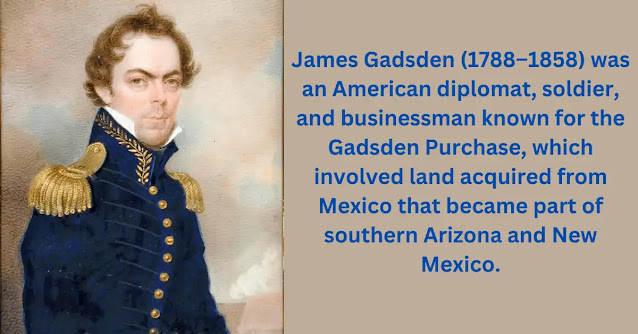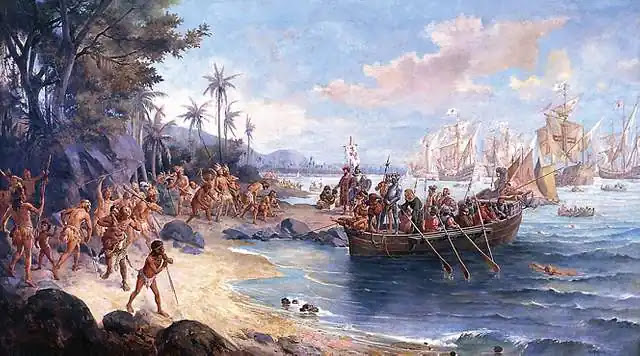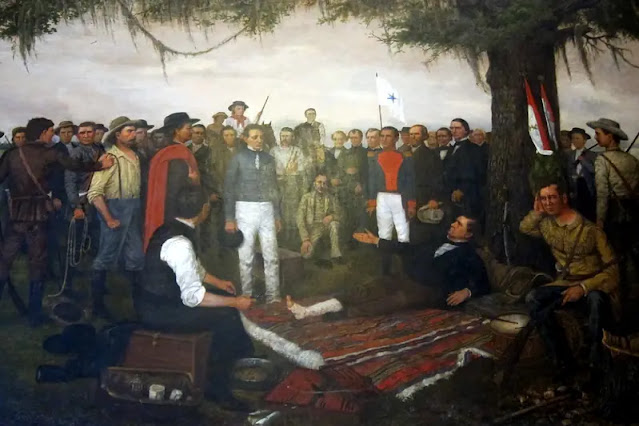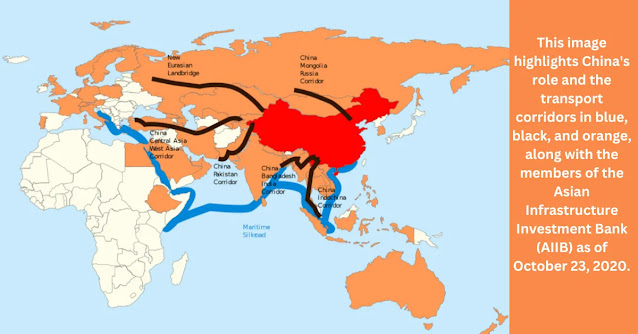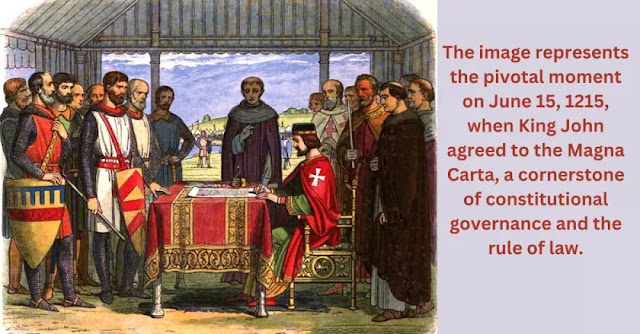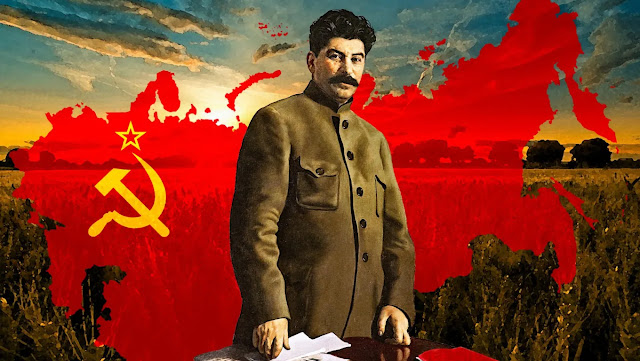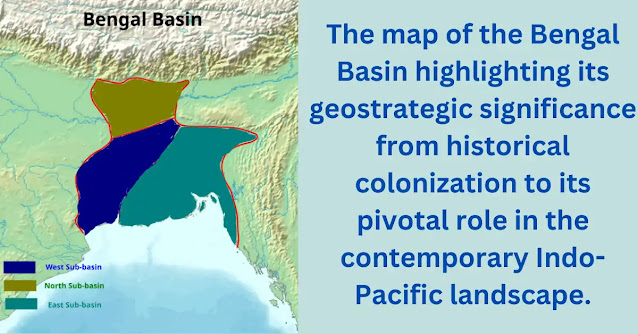The Spanish-American War: A Catalyst for America’s Global Power
Colonization has been a central theme in the ambitions of many nations throughout history. The desire for imperialism and expansion has often led countries to seize control of faraway territories, overthrowing local governments in the process. Such was the fate of Cuba, Guam, Puerto Rico, and the Philippines, which had been under Spanish rule since the 1500s.
Over the next nearly 400 years, the citizens of these territories made several attempts to resist foreign occupation and secure their independence. In February 1895, Cuba began its final struggle for independence from Spain. As the fight for liberation seemed increasingly hopeless, the United States intervened, sparking the Spanish–American War.
 |
|
Image Credit: Wikimedia Commons, American flag by US Marines on Cuban soil |
The stage was set for the Spanish-American War in the late 19th century, as the Caribbean island of Cuba, a Spanish colony, became embroiled in a struggle for independence. Sensationalized reports of “Spanish atrocities” in the American press, fueled by media moguls like William Randolph Hearst, stoked public outrage in the United States against Spain’s colonial rule. Concurrently, American businessmen and expansionist politicians eyed Cuba and the Caribbean, seeing opportunities to expand the country’s economic and geopolitical influence, driven by a growing spirit of American imperialism rooted in the US envision of great power status.
The combination of Cuban independence struggles, media-driven anti-Spanish sentiment, and American ambitions created a volatile situation that would ultimately culminate in the outbreak of the Spanish-American War in 1898, marking a significant turning point in the emergence of the United States as a global power.
💻 Table of Contents:
- U.S. Interests in Cuba and the Monroe Doctrine
- Propaganda, Yellow Journalism, and the Spanish-American War
- Cuban Independence Movement: A Struggle against Spanish and American Imperialism
- The Spanish-American War Begins
- The Cuban Theater: Guantanamo Bay, Battle of San Juan Hill & Santiago de Cuba
- The Treaty of Paris 1898: America’s Emergence as a Global Power
- Impact on Spain and the United States
U.S. Interests in Cuba and the Monroe Doctrine:
The United States’ interest in acquiring Cuba dates back to the mid-19th century when President James Polk offered $100 million to Spain for the island, prompted by John L. O’Sullivan. Despite multiple attempts, including a renewed offer (this time for $130 million) by President Franklin Pierce in 1852, Spain refused to sell Cuba.
The American Civil War temporarily stopped the country’s efforts to expand. But after the war ended, the idea of Manifest Destiny became popular again. In 1892, the Republican Party’s platform emphasized the Monroe Doctrine and the broader goals of Manifest Destiny. When the Republicans regained control of the White House in 1896, they held power for the next 16 years. During this time, they used the concept of Manifest Destiny to support efforts to expand the country’s influence overseas.
While most former Spanish colonies in the Americas gained independence in the 1810s, Cuba remained under Spanish control, raising concerns in Washington about potential European encroachment. To address these fears, President James Monroe introduced what would become known as the Monroe Doctrine in 1823, pledging to protect the political status quo in the Americas.
During the same period, the United States was enhancing its global diplomatic presence and economic power, consistently warning European nations against attempting to recolonize countries in the Western Hemisphere. American businessmen, particularly Southern cotton and sugar plantation owners, saw Cuba’s economic potential. Over the following decades, Cubans launched several revolutions against Spanish rule under the slogan “Cuba Libre” (Free Cuba). Spain responded with tens of thousands of troops to suppress these uprisings, leading to increasing tensions between the U.S. and Spain.
American public opinion was inflamed by newspaper reports detailing severe Spanish repression of revolutionaries in Cuba and the Philippines. These reports spurred many in the United States to advocate for war against Spain. Some Americans desired to help Cuba achieve independence, while others saw an opportunity for the U.S. to replace Spain as the dominant power in these regions, thereby increasing its global military and economic influence. There was a unanimous consensus, however, that America’s commercial investments in these regions needed protection.
In response to the escalating Spanish-Cuban conflict and to safeguard American citizens and interests, the United States dispatched the battleship USS Maine to Havana Harbor. On the night of February 15, 1898, an explosion rocked the Maine, causing it to sink and resulting in the deaths of 266 sailors. Despite the unclear nature of the explosion—whether it was an attack or an accident—the American press immediately blamed Spain, making a war between the United States and Spain seem inevitable.
Propaganda, Yellow Journalism, and the Spanish-American War:
The Spanish-American War marked a significant turning point in the history of propaganda and yellow journalism, where media influence played a pivotal role in precipitating military action. With technological advancements in printing, newspapers became widely accessible, leading to fierce competition among publishers. This rivalry was most pronounced between Joseph Pulitzer’s New York World and William Randolph Hearst’s New York Journal. Both papers engaged in sensationalism, often fabricating stories to boost circulation and inflame public sentiment against Spain.
In 1898, when the U.S. battleship Maine sank in Havana harbor, yellow journalism played a significant role in steering the U.S. toward war with Spain. Newspapers spread unverified rumors about Spanish plots to sink the ship, despite the actual cause remaining unclear. This sensational reporting whipped up American public opinion, pressuring President William McKinley and Congress to take military action.
On April 11, 1898, President William McKinley asked Congress for authorization to intervene in the conflict between the Cuban rebels and the Spanish government. The United States justified its intervention in Cuba by citing the need to protect its citizens and commercial investments, as well as to establish a stable Cuban government that could maintain order. The escalating Spanish-Cuban conflict and the sinking of the USS Maine further pressured the U.S. to take military action.
Congress passed a resolution on April 20, 1898 that acknowledged Cuba’s independence and demanded Spain relinquish control of the island. The resolution also stated the U.S. had no intention to annex Cuba, but authorized McKinley to use military force to guarantee Cuba’s independence.
 |
|
Image Credit: Picryl.com, A Political Cartoon of Spanish-American War |
Spain rejected the U.S. ultimatum and detached diplomatic relations. In response, McKinley ordered a naval blockade of Cuba on April 22, 1898 and called for 125,000 military volunteers. Spain declared war on the United States, and the U.S. also declared war against Spain on April 25, 1898.
This series of events directly led to the outbreak of the Spanish-American War, marking a significant moment in U.S. foreign policy and its growing influence overseas. The conflict ultimately resulted in the U.S. gaining control of Cuba, Puerto Rico, and the Philippines.
Cuban Independence Movement: A Struggle against Spanish and American Imperialism
The French Revolution and its aftermath triggered revolutionary activity across the globe, including in South America. In the early 19th century, Spanish American radicals like Simón Bolívar took advantage of Napoleon’s invasion of Spain and the overthrow of its king to rise up and fight for independence against the Spanish Empire. By the mid-1820s, imperial Spain had been almost entirely defeated in the Americas, with the exception of Cuba and Puerto Rico, which remained under Spanish colonial rule. The Cuban people fought three wars for independence from Spain – the Ten Years’ War from 1868-1878, the Little War from 1879-1880, and finally the Cuban War of Independence from 1895-1898.
💻 You May Also Like:
This conflict schooled a new generation of revolutionary Cuban patriots, including José Martí. Exiled by the Spanish authorities, Martí spent decades traveling and working as a radical journalist, becoming a tireless propagandist for an independent Cuban republic. On 10 April 1892, a political organization, named by The Cuban Revolutionary Party was founded by José Martí in the U.S. to organize the independence of Cuba and, if possible, Puerto Rico – the last two Spanish colonies in the Americas. On January 31, 1895, he left for the Dominican Republic, accompanied by Cuban revolutionary leader Máximo Gómez and others. They returned to Cuba on April 11 to begin the invasion. Dissatisfied with Spanish corruption, economic decline and the suspension of civil liberties, the rebels used burning tactics and guerrilla warfare.
Spain’s response was brutal. In 1896, the Spanish General Weyler implemented a policy that forced Cubans into concentration camps. The rural population had to move to fortified towns within 8 days, or be shot. The camp conditions were terrible, with limited food, shelter and sanitation. This led to widespread famine and disease. By 1898, one-third of Cuba’s population had been sent to these camps, and over 400,000 Cubans died as a result of Weyler’s harsh “reconcentration” policy. The U.S. tabloid media, known as the yellow press, covered these atrocities in shocking detail, inflaming American public opinion.
Just as Cuba was about to achieve its long-sought independence, however, the United States intervened, outwardly to support the Cuban patriots. In reality, the U.S. sought to limit Cuba’s sovereignty, forcing the new republic to accept an amendment that allowed American intervention in Cuban affairs.
Tragically, the revolutionary hero José Martí was killed in the Battle of Dos Ríos on May 19, 1895 before witnessing this outcome. Martí had been leading a group of rebels against the Spanish royalist army in one of the first skirmishes of Cuba’s struggle for independence from Spain. Later, revolutionaries like Che Guevara were greatly inspired by José Martí’s legacy, as Martí had long predicted that the U.S. posed a greater threat to Cuba’s independence than Spain.
The Spanish-American War Begins:
The Spanish-American War began in April 1898 after the U.S. Congress authorized President McKinley to use force against Spain and Spain subsequently declared war. A key early battle was the Battle of Manila Bay on May 1, 1898.
Under orders to capture or destroy the Spanish Pacific fleet, U.S. Commodore George Dewey led the Asiatic Squadron into Manila Bay, slipping past the defenses of Corregidor Island under the cover of darkness. At dawn, Dewey’s well-armed and well-staffed fleet engaged the outdated Spanish warships anchored off Cavite naval station. After Dewey gave the order to “fire when ready,” the American forces decimated the Spanish fleet within two hours, with minimal U.S. casualties.
Dewey’s decisive victory in the Battle of Manila Bay cleared the way for the U.S. occupation of Manila in August and the eventual transfer of the Philippines from Spanish to American control.
The Mock Battle of Manila:
The Battle of Manila, also known as the Mock Battle of Manila, occurred on August 13, 1898, marking the end of Spanish colonial rule (1565 to 1898) after over 300 years. Spanish forces, led by Governor-General Fermín Jáudenes, and American forces, commanded by Major General Wesley Merritt and Commodore George Dewey, orchestrated a simulated battle to facilitate the transfer of control over Manila from Spain to the United States. The covert operation aimed to prevent the Filipino revolutionary forces, led by Emilio Aguinaldo, from taking the city.
After Admiral Dewey’s victory at Manila Bay, American forces blockaded the city and organized the Eighth Army Corps. Despite internal negotiations, Spanish forces, fearing retribution from Filipino revolutionaries and to save face, agreed to the mock battle with the Americans. On August 13, unaware that a peace protocol had been signed the previous day, American forces advanced, leading to a skirmish where some casualties occurred. Ultimately, the Spanish surrendered Manila to the Americans, bypassing the Filipino forces and setting the stage for future conflict in the Philippine-American War.
The pretend battle at the end of the Spanish-American War made Filipinos feel they owed the U.S. for changing their government. But this was just the start of the U.S. war against the Philippines from 1899 to 1902, which killed 4,200 American and at least 20,000 Filipino soldiers.
The Cuban Theater: Guantanamo Bay, Battle of San Juan Hill & Santiago de Cuba
Meanwhile, in Cuba, U.S. forces targeted the Spanish stronghold of Guantanamo Bay. From June 6 to June 10, 1898, American and Cuban rebel troops clashed with Spanish forces in the Battle of Guantanamo Bay. The American forces, including Marines and sailors from the USS Marblehead and USS Texas, worked alongside Cuban insurgents to push the Spanish out of their fortified positions around the bay. After several days of intense fighting, the American-Cuban alliance was able to secure control of the strategically important Guantanamo Bay, establishing a vital base of operations for the invasion of eastern Cuba.
The Battle of San Juan Hill on July 1, 1898, was another major engagement in the Cuban campaign. Led by General William Shafter, the American forces included the famous “Rough Riders” volunteer cavalry regiment commanded by future president Theodore Roosevelt. Facing entrenched Spanish troops, the Americans launched a daring assault on the heights of San Juan and Kettle Hills outside of Santiago. After a lengthy and bloody battle, the U.S. forces were able to capture the high ground, paving the way for the subsequent siege and capture of the city of Santiago.
The Battle of Santiago de Cuba in July 1898 effectively marked the end of major naval operations in the Spanish-American War. The American fleet under Admirals Sampson and Schley engaged and destroyed the Spanish Atlantic Squadron led by Admiral Cervera. Despite the intensity of the battle, the American forces suffered remarkably light casualties, with only 1 killed and 10 wounded.
In contrast, the Spanish force was devastated. All six of Cervera’s ships were sunk, with 323 Spanish sailors killed and 151 wounded. Additionally, around 70 Spanish officers, including Admiral Cervera himself, and approximately 1,500 men were captured as prisoners.
This decisive American victory crippled the Spanish Navy’s ability to defend its colonial possessions in the Caribbean. With the Spanish fleet destroyed and unable to send reinforcements, the Spanish garrison in Cuba was left effectively cut off and doomed to eventual surrender.
💻 You May Also Read:
The Treaty of Paris 1898: America’s Emergence as a Global Power
The Treaty of Paris, signed on December 10, 1898, officially ended the war and marked the transfer of Spain’s remaining colonies, including Cuba, Puerto Rico, Guam, and the Philippines, to the United States. This treaty was a significant milestone, transforming the U.S. into a major Pacific power and expanding its influence in the Caribbean and Asia. The $20 million payment to Spain for the Philippines underscored America’s economic commitment to its new territories, while the annexation of Hawaii further solidified its strategic position in the Pacific.
Negotiations commenced on October 1, 1898, with American commissioners William R. Day, Senator Cushman K. Davis, Senator William P. Frye, Senator George Gray, and Whitelaw Reid facing their Spanish counterparts led by Don Eugenio Montero Rios, the President of the Spanish Senate. French diplomat Jules Cambon also played a crucial role, negotiating on behalf of Spain in an atmosphere where most European nations, except England, were sympathetic to Spain. The treaty was a pivotal moment in American and global history, as the United States emerged as a significant Pacific power and expanded its influence in the Caribbean and beyond.
Remarkably, France’s neutral stance, negotiation experience, logistical support, and diplomatic standing were crucial in creating an environment that enabled the successful conclusion of the Treaty of Paris 1898. The French government’s pivotal role was instrumental in marking the emergence of the United States as a major global power at the turn of the 20th century.
 |
|
Image Credit: Wikimedia Commons, Signing of Peace Protocol between USA and Spain |
Impact on Spain and the United States:
The Generation of 1898, a group of Spanish novelists, poets, essayists, and philosophers, emerged during the time of the Spanish-American War in 1898. Although not a formal movement, these intellectuals shared a common goal of rejuvenating Spanish culture and instilling modern and democratic values to inspire national pride. The Spanish-American War and the subsequent Treaty of Paris on December 10, 1898, which resulted in Spain losing its remaining colonies, including Cuba, Puerto Rico, the Philippines, and Guam, marked the end of the Spanish Empire.
In contrast, the United States emerged as a significant global power, solidifying its status through overseas expansion. Despite facing criticism from anti-imperialists, the U.S. embraced its new role on the world stage.
Conclusion:
The Spanish-American War of 1898 marked a pivotal moment in American history, transforming the United States into a significant global power. The swift and decisive U.S. victory resulted in the end of Spain’s colonial rule in the Western Hemisphere and facilitated American territorial expansion. Through the Treaty of Paris, the U.S. gained control over Guam, Puerto Rico, and the Philippines, and asserted its influence in the Caribbean and Asia.
The war also provided a pretext for the annexation of Hawaii (July 7th, 1898), further solidifying the United States’ strategic and economic interests in the Pacific. The conflict not only showcased America’s military prowess but also underscored its commitment to removing European colonial powers from the Western Hemisphere, reshaping the geopolitical landscape of the modern world.

